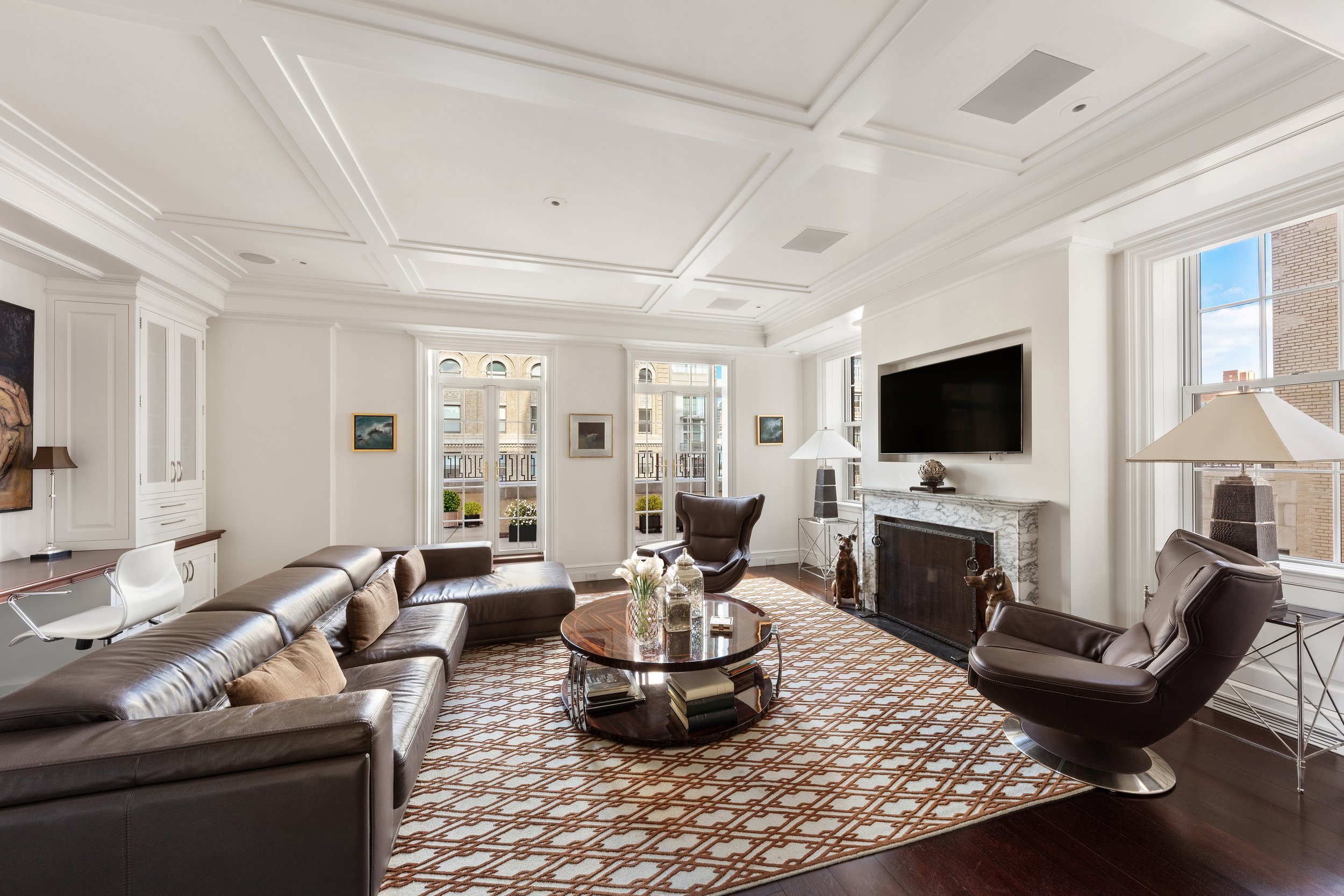4 Tips From Successful Pros On How To Run An Interior Decor Project
An interior design business requires creativity, style, and determination among a multitude of other factors. Becoming a well-known and profitable business is often a combination of delivering high value and on-trend results consistently and working well with customers regardless of their personal vision and budget. Here are some tips to run an interior décor project with maximum efficiency and spectacular results.
1. Customize The Work Plan
Most interior designers when they are academically studying their craft are given outdated methodologies on how to make work plans for each décor project. The main idea is that each client is different in terms of their personalities, style preferences, passions, and also practical home and work requirements. When an interior decorator is working in any space whether it is a home or work area (or both), they need to keep the client’s own vision in mind. Many clients, for example, will specify a certain era they want emulated and they will expect the interior decorator to offer curated, creative solutions to meet that preference.
Make the time to have several brainstorming sessions including the client/s so that you can be sure of what they are looking for. Working with the client’s budget and being careful about not going aboard with regard to materials, décor items, furniture, and so forth is doubtlessly essential. The work plan and design concept you create in the first few days or weeks (depending on the scale of the décor project) also depends on the kind of communication you have established with the client. The most successful professionals in this field know how to make someone comfortable and get their finest ideas out of them in a practical, achievable fashion.
2. Project Management
While an interior décor project is very much about creative vision, it is also about adhering to timelines, managing human resources, and sourcing the best décor elements. Create a to-do list and conduct network analysis to ascertain the correct order of tasks and the timeline in which they must be completed. The following is an example of effective project management for the duration of a décor project.
Create a questionnaire or have a note-taking system to know exactly what the client’s preferences are.
Thoroughly measure the space that has been given to you to decorate. Some clients may not outsource the interior décor of the whole house and may just need help with a couple of rooms. Take photographs and videos for your own planning and reference and to serve as a ‘before and after.’
Do an accurate layout for the scope of the project to serve as a preliminary plan to build upon.
Decide on a powerful concept. Professional interior decorators do tons of research, make 3D models, craft mood boards to let their team know their vision, and carefully curate items to bring out the best in a space. The concept at the end of the day is a defining factor and the first impression of a completed room or house.
Make a presentation to show to your client and make sure you are sharing regular updates with them as the project progresses. An interior design specification software can aid in tracking the sourcing of materials and tasks.
The next step should be finding and hiring the best contractors for the design concept you want to bring to life. For certain tasks such as moldings or wood carvings, you will need specialized contractors. In certain isolated cases, permits may need to be applied for, from the relevant authorities.
Apply the finishing touches such as that last chair or vase or changing the light fixtures. Ensuring the quality of all the hardware, furniture and materials is the responsibility of the interior decorator, although in some cases the client will also shop for materials.
Finish your project after multiple inspections and on-site visits, and let the client express their satisfaction or feedback.
3. Utilizing The Available Budget Well
For interior décor projects, there is always a stringent budget that needs to be followed which will vary from client to client. Contrary to popular opinion, interior decorating can involve radical changes as well such as swapping the tiles or flooring, inserting marble countertops, repainting, and so forth, in the same way as exterior projects involving a commercial roofer or builder.
Therefore, sensible budgeting and still maintaining the quality of materials and craftsmanship are of the utmost importance. The more experienced and professional an interior decorator is the more well-versed they will be on the right vendors and the pricing to expect for each type of material. Correct invoicing not only establishes trust with the client but it helps stay on track with the budget so unexpected costs do not derail the project.
4. Organize Your Paperwork & Find The Right Delegates
An interior decorator in charge of a décor project cannot handle everything and at the same time, professionals are held accountable for the results and the financial aspects. A professional tip is to keep track of all the paperwork digitally (or at least maintain a digital copy of printed paper documents such as receipts and invoices) so that you can maintain transparency with the client during and after the project draws to a close. Label digital folders sensibly, particularly if they are saved in the cloud so that you can refer to them easily without wasting time.
Delegate tasks to responsible and talented people who will represent you well. Administrative tasks, as well as creative undertakings, should be in the hands of a well-established team you trust especially if you are working on a larger space with complex design requirements. Another benefit of keeping all your files, presentations, concept pictures, etc digitally is that you can share them daily if need be, with your client as opposed to having to physically show them any task you are working on. This is even more useful if your client is away from the location.






